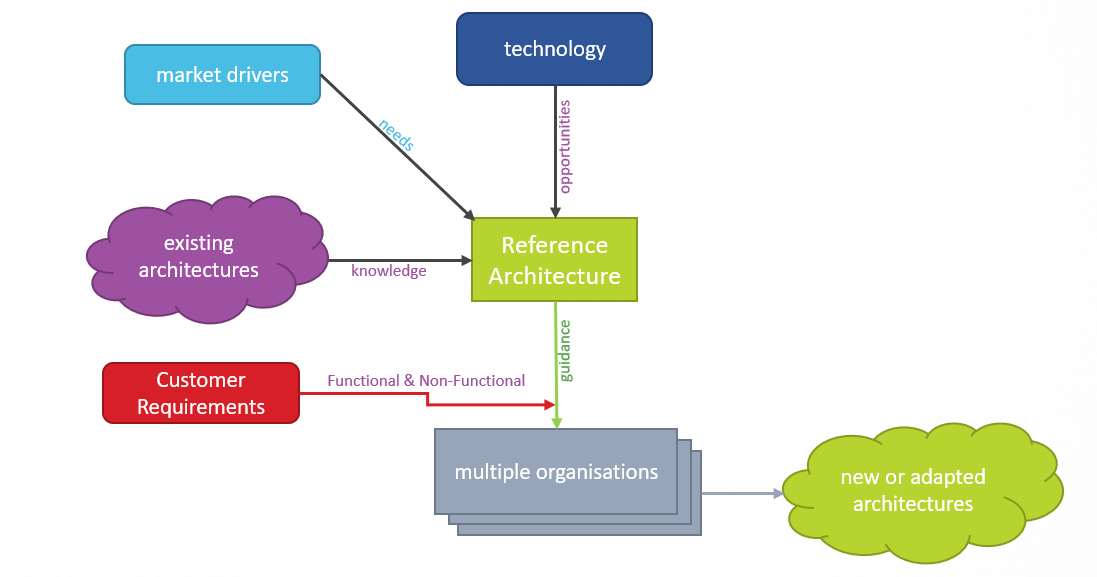Talend Cloud Physical Reference Architecture: Introduction
What is Reference Architecture?
- A defined set of architectural guidelines to be shared across teams, applications, and systems.
- A standardized terminology for use across the business (process, component, application, system, service, etc.).
- A means to support technical decision making, utilizing prior experience and best practices.
How is a Reference Architecture created?
- The collective knowledge and experience of the Qlik Professional Services team and other technical colleagues, gained from engaging with our customers.
- Product messaging, vision, and roadmap from the Talend Product Management team.

Types of Reference Architecture
- Software Architecture
- System Architecture
- Application Architecture
- Conceptual Architecture
- Logical Architecture
- Physical Architecture
- Business Architecture
- Information System Architecture
- Integration Architecture
- Data Architecture
How to use a Reference Architecture
A Reference Architecture is intended to inform a decision-making process. The following diagram illustrates how a specific set of requirements (such as the requirements of your organization or projects) are combined with the Reference Architecture in order to come to an architecture that is suited to your needs:

Purpose of this guide
This guide focuses on the Talend Cloud Physical Reference Architecture. Talend Data Fabric allows for the implementation of all Integration Architecture Styles - Batch, Real-time, Event-driven and Streaming. You can learn about these styles in more detail and discover the Talend Cloud Physical Reference Architecture in the context of the implementation of these integration styles.- Talend Managed / Talend Serverless
- Customer Managed
This guide discusses the two approaches and helps you decide which approach is right for your organization.
Finally, a key part of this document is the set of Talend Cloud Physical Reference Architecture diagrams and the discussion of the details of these diagrams. This document makes many practical recommendations that will aid you in the deployment of the Talend Data Fabric.
- Talend Data Loader: requires no physical architecture diagrams as it is a pure cloud solution.
- Talend Cloud Data Catalog: for more information about the architecture, see Talend Cloud Data Catalog architecture.
